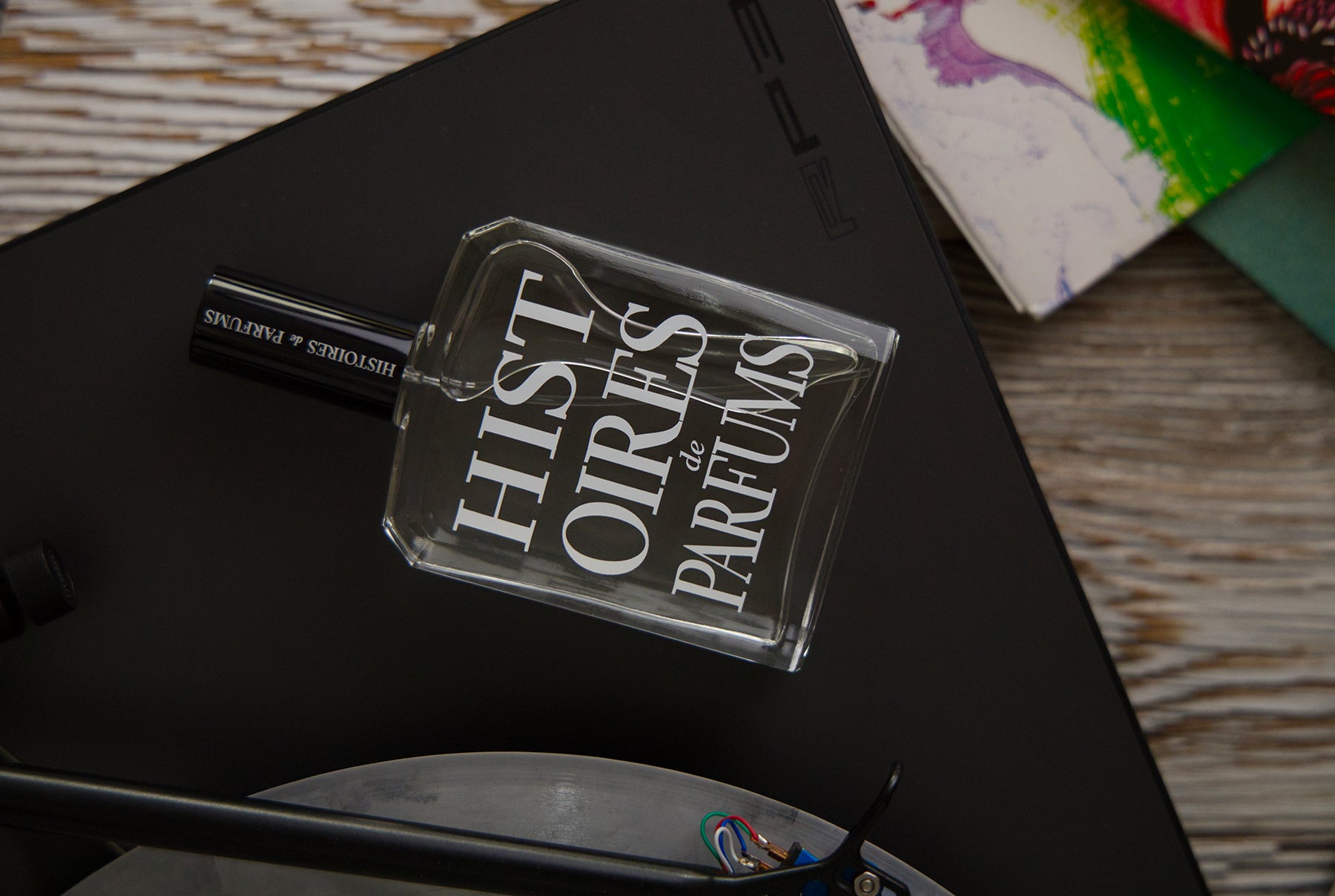
Music, perfume & synaesthesia...
Many of you with no doubt have noticed that the olfactory lexicon borrows a lot from that of music - we speak readily of accords, of notes, of mute flowers, and often we expand on the range of colours - visual or harmonic - that a material can display.
Though this may startle those of us whose pitch isn’t absolute – yet another musical term that perfumery has appropriated - we must face the fact that there is no language of smell yet, no words that are sufficiently precise to transcribe the totality of emotions that our olfactory stimuli summon.
This observation, of a synaesthesia frustrated by the lack of words to express it, did not fail to strike Septimus Piesse, a famous English perfumer of the 19th century, who in his attempt to make up for this lack, gave birth to a musical scale of scents.
This work, commonly known as the octophone or odophone, was the first concrete attempt to reconcile two senses that Reason had previously opposed.
In fact, since the Age of Enlightenment, smell had been perceived as a lowly, bestial sense. In his "Voyage supposé ...", Fénelon was the first to intellectually pair the sense of smell with that of hearing -which was considered nobler at the time- so that the former may benefit from the latter’s good reputation. In this book, after a lengthy scene where the hero is fed “tuberoses” and “Spanish hides”, he describes the natives of an island who “assemble smells as we assemble sounds”.
Despite this, only in the 19th century would the sense of smell find a place alongside its more noble comrades, when perfume would start growing as an art form its own right. It felt indeed like a breath of fresh air at a time when art was reinventing itself. Poetic forms were imploding, rhyme and prose; surrealism and symbolism were emerging in response to naturalism and realism, yet perfume, in that it is indescribable, escaped the codes of sculpture, painting, poetry, literature, even music.
Subtle and intangible, it remained the uncharted territory of art theory.
At the beginning of the century, Sénancourt discreetly brought the sense of smell into the pantheon of the “noble senses” by theorising a total synaesthesia that linked music to odours. “Melody" he said “can also result from a series of odours”. A century of more or less successful attempts to link music and scent followed, including Piesse’s Odophone.
Although anecdotal and without any critical basis to substantiate it, this musicolfactive scale would cause quite a stir in the literary world.
Huysmans immediately comes to mind. Full of olfactive symphonies, accords, harmonies and intervals, his famous work A Rebours would lay the groundwork of our contemporary olfactive language. We can also think of Kurt Lasswitz who in Pictures of the Future, mentions an Ododion, an instrument resembling an organ which, upon being played, released scents instead of sounds. Lundin would even make it a main subject of a novella called Oxygen and Aromasia.
More interesting is the fact that by the end of the century, these theoretical dreams would become real – to a certain extent. In 1891, Paul Roinard, a stage director, presents the Song of Songs, the first attempt at a synesthesic dramaturgy. Each word was associated to a smell and a sound – critics were rather unimpressed. Later in 1915, Scriabine would have also have a go at a synaesthesic dramaturgy by diffusing perfumes during the first of Promethée – critics were still unmoved.
The 20th century wasn’t short of such attempts. In 1926, Poiret has a scented organ built, playing both scents and sounds. Debussy, talking about Grieg’s music, speaks of “the citrusy oboe”, proving that scents are more easily associated with sounds than colours and that it is simpler to make a perfume out of diatonic scale than out of a painter’s canvas.
Which is how Gérald Ghislain came to create the Opera Collection, a range of fragrances inspired by his favourite operas.
In 1831, the priestess Norma is entranced by a hieratic accord of aldehydes, pink pepper and jasmine warmed up by rose and ylang-ylang. In 1875, the fiery rhythms of Bizet’s Carmen are built on warm and colourful accords of ginger, guaiacwood, davana and sandalwood. In 1890, the czarist Russia shines through a regal blend of labdanum, red roses and incense. Elsewhere, 1904 brings back the gentle beauty of Florentine paintings through a heart of iris butter and neroli when at last 1926 pays tribute to the exotic modernity of Turandot with a narcisse and carnation duet.
The real harmony however, that which truly matters, is the one that will sing on your skin.


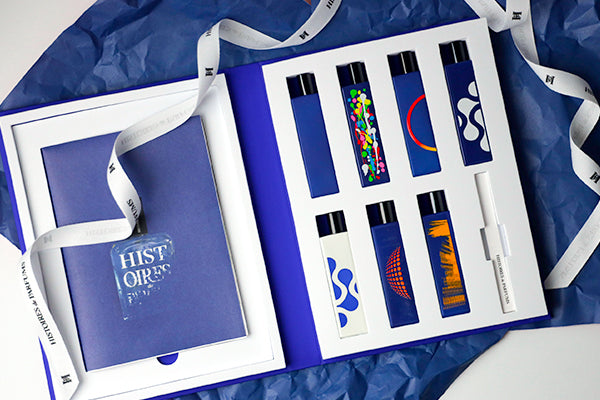
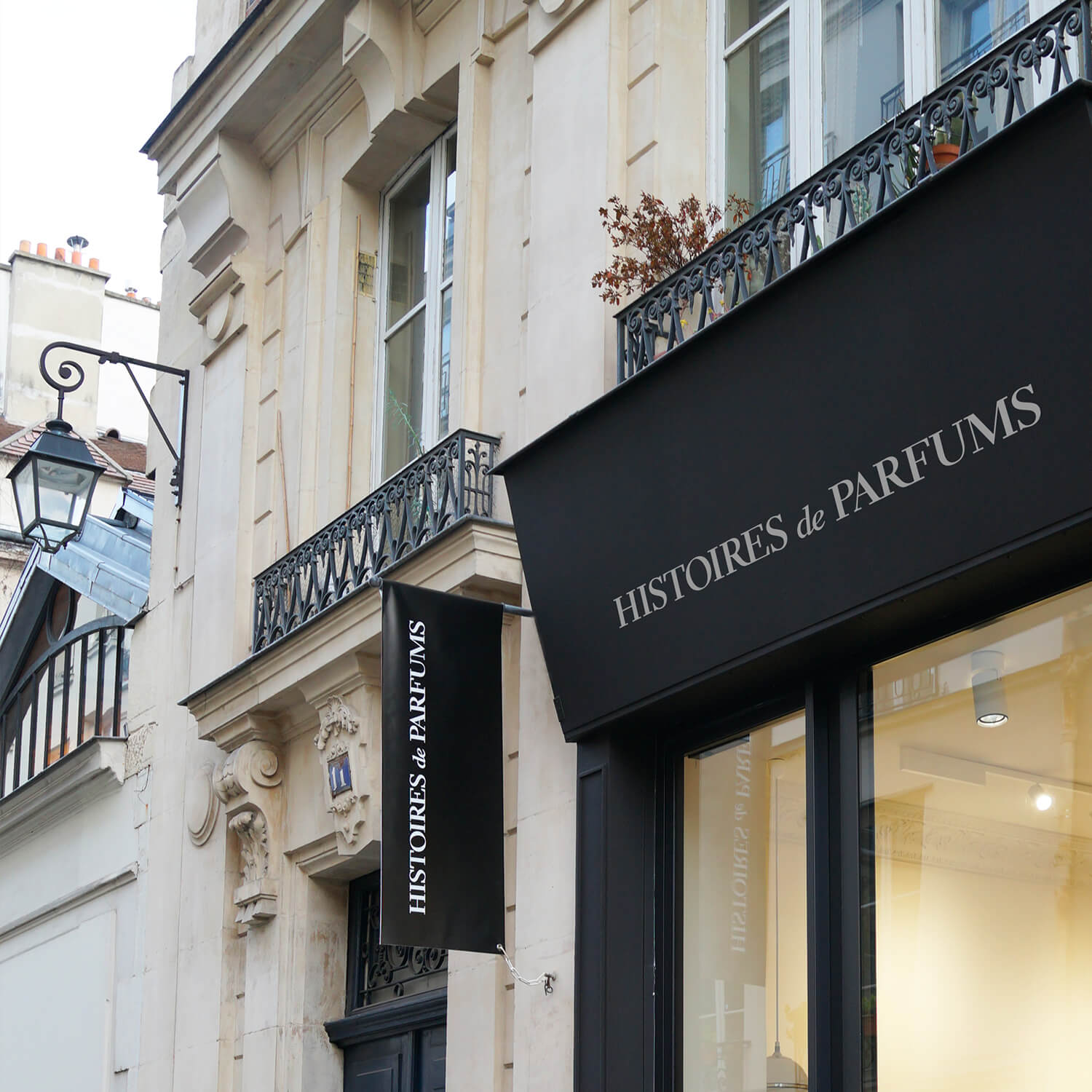
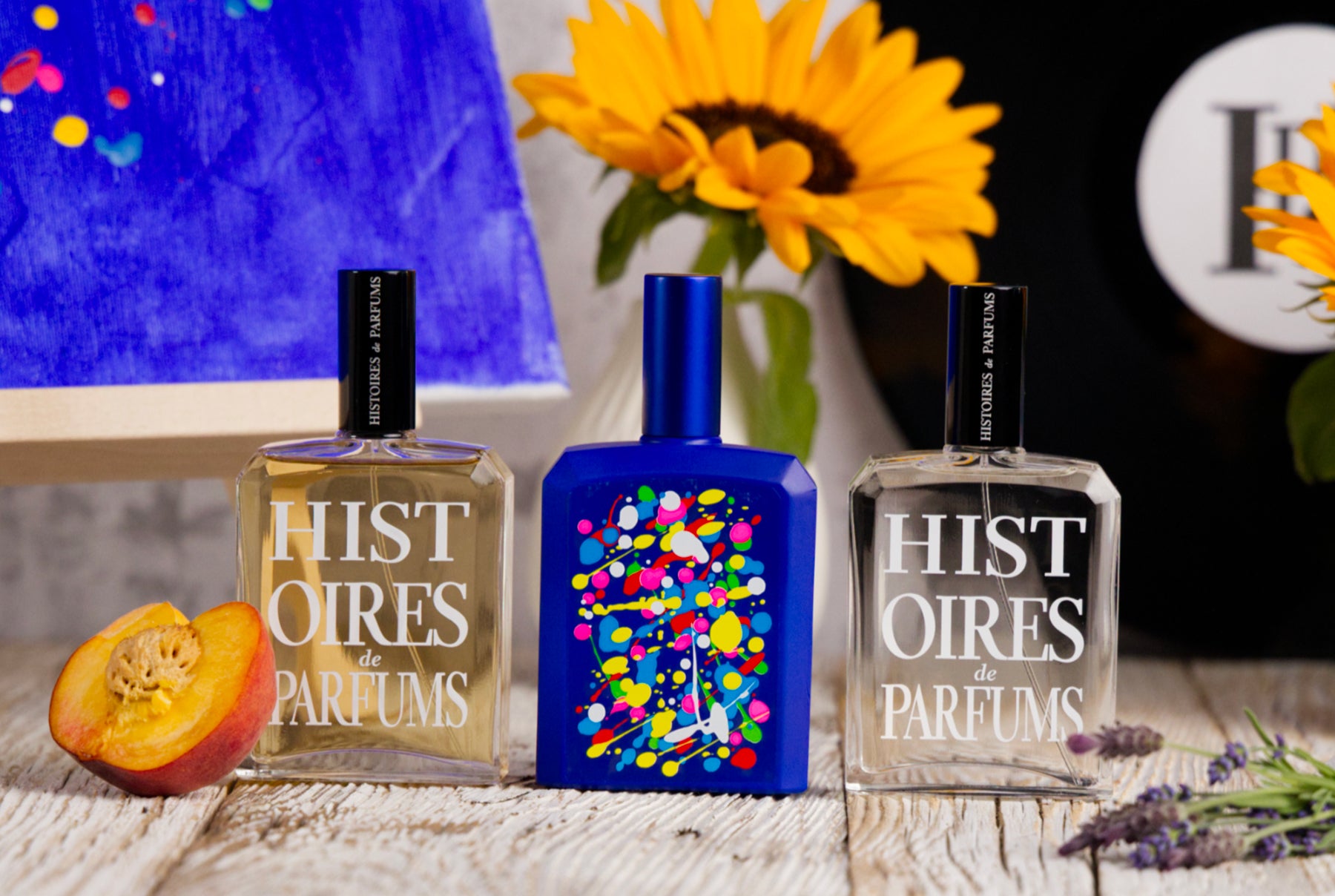
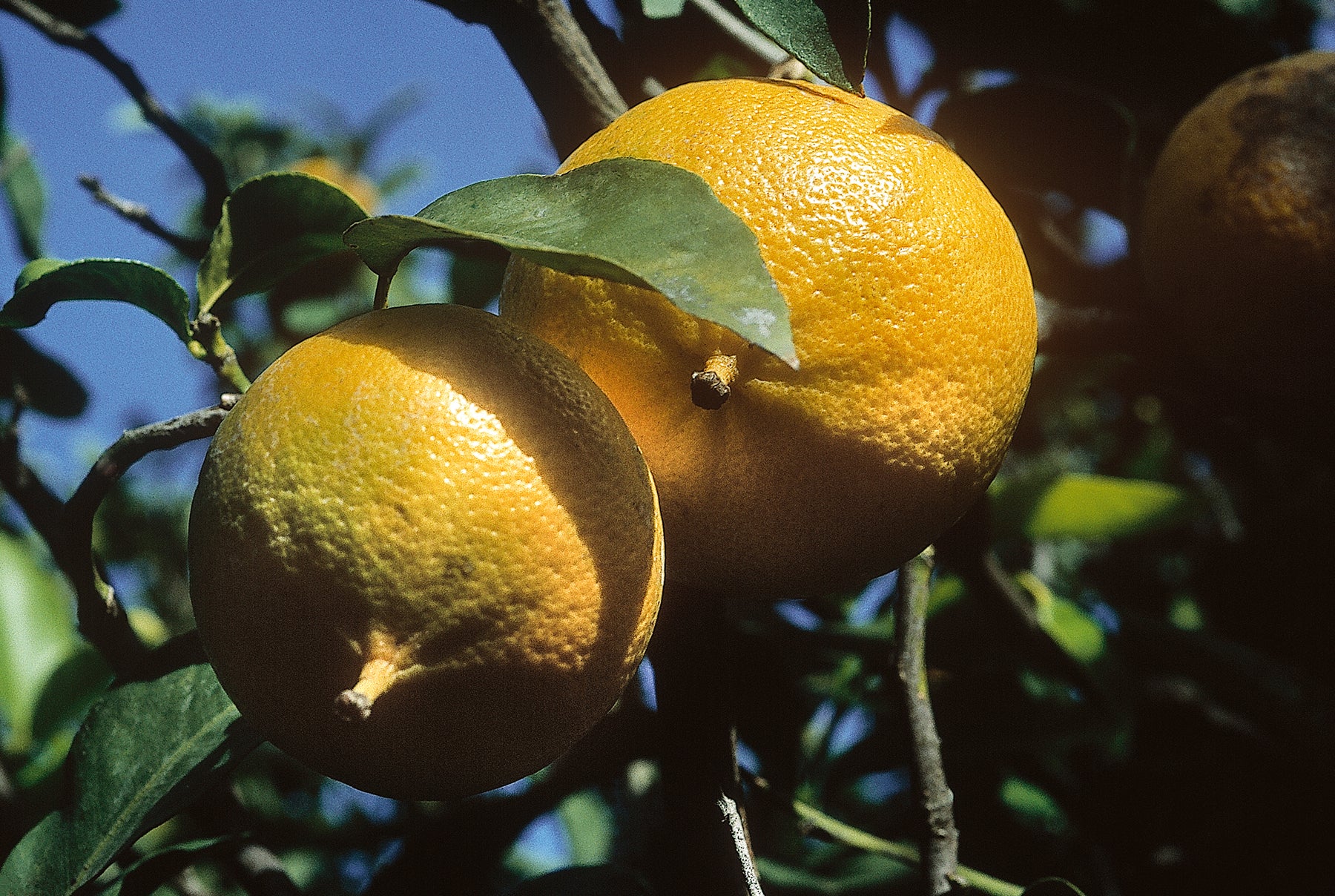


Leave a comment
This site is protected by hCaptcha and the hCaptcha Privacy Policy and Terms of Service apply.